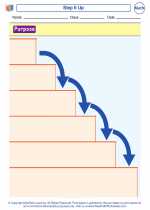Pie Chart Study Guide
What is a Pie Chart?
A pie chart is a circular statistical graphic that is divided into slices to illustrate numerical proportions. The arc length of each slice is proportional to the quantity it represents. It is a popular way to visualize data and is often used in business, education, and other fields to show the composition of a whole.
How to Create a Pie Chart
To create a pie chart, follow these steps:
- Collect Data: Gather the data that you want to represent in the pie chart.
- Calculate Percentages: Calculate the percentage that each data category contributes to the total.
- Draw the Circle: Draw a circle to represent the whole data set.
- Divide the Circle: Divide the circle into slices, with each slice representing a data category. The size of each slice is proportional to the percentage it represents.
- Add Labels: Label each slice with the corresponding data category and percentage.
Key Concepts
When working with pie charts, it's important to understand the following key concepts:
- Whole: The entire circle represents the whole data set.
- Slices: Each slice represents a portion of the whole, with the size of the slice determined by the percentage it represents.
- Percentages: The percentage of each data category is calculated based on its contribution to the whole.
- Labels: Labels are used to identify each slice and the corresponding data category.
Example
Suppose you have the following data on the favorite fruits of a group of people:
- Apples: 30%
- Oranges: 25%
- Bananas: 20%
- Grapes: 15%
- Other: 10%
To represent this data in a pie chart, you would create a circle and divide it into slices based on the percentages. Each slice would be labeled with the corresponding fruit.
Conclusion
Pie charts are a useful tool for visualizing data and understanding the composition of a whole. By following the steps for creating a pie chart and understanding key concepts, you can effectively represent and interpret data using this graphical method.
[Pie Chart] Related Worksheets and Study Guides:
.◂Math Worksheets and Study Guides Fourth Grade. Problem Solving
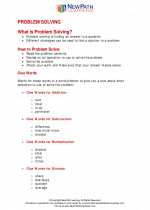
 Activity Lesson
Activity Lesson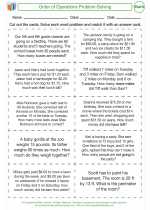
 Activity Lesson
Activity Lesson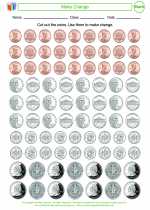
 Activity Lesson
Activity Lesson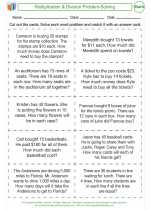
 Activity Lesson
Activity Lesson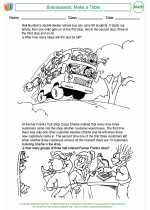
 Activity Lesson
Activity Lesson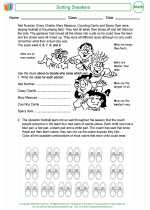
 Activity Lesson
Activity Lesson
 Activity Lesson
Activity Lesson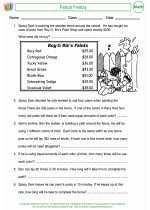
 Activity Lesson
Activity Lesson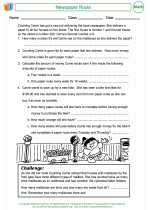
 Activity Lesson
Activity Lesson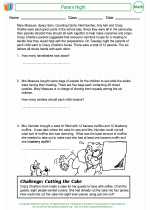
 Activity Lesson
Activity Lesson
 Worksheet/Answer key
Worksheet/Answer key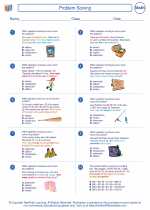
 Worksheet/Answer key
Worksheet/Answer key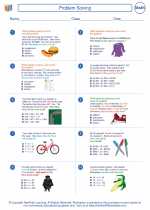
 Worksheet/Answer key
Worksheet/Answer key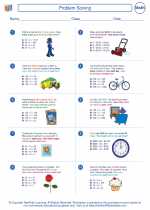
 Worksheet/Answer key
Worksheet/Answer key